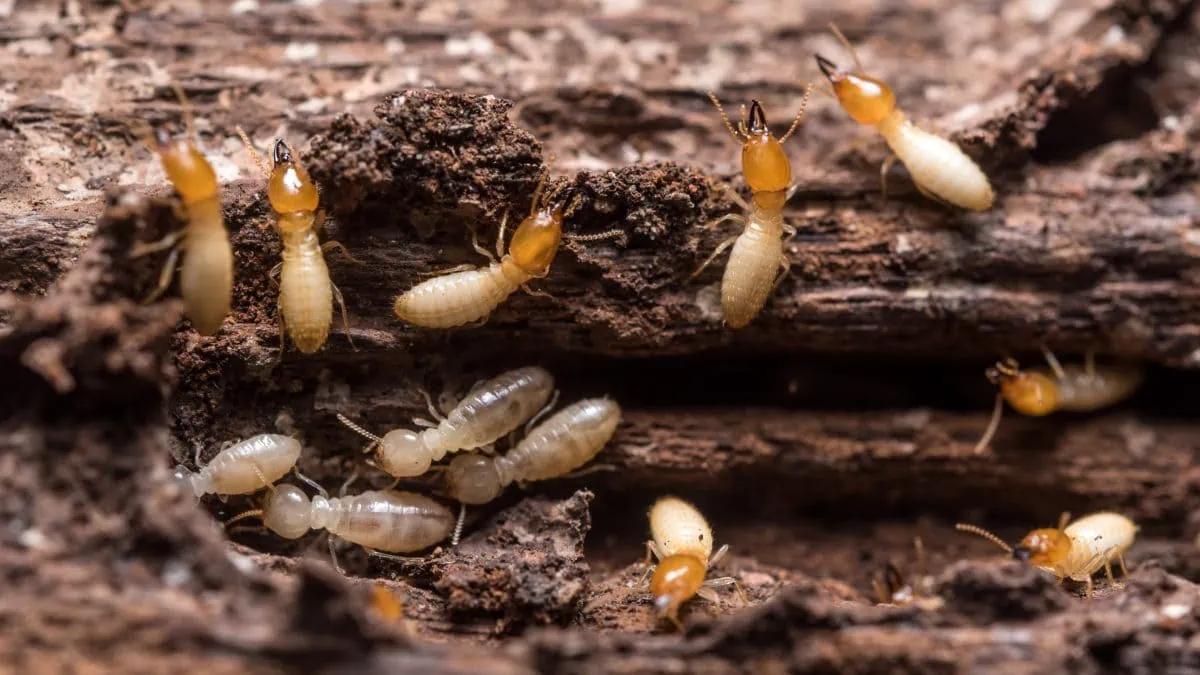Termites are vicious little creatures. They can cause a lot of structural damage, which will in turn cost you a lot of money. In Centennial, you can come across termites quite easily. It is not wood that termites are attracted to; it is the cellulose present in them that they go after.
There are various types of termites that have unique characteristics. If you are dealing with a termite infestation, you must know which type you are dealing with. This will help you understand which method of removal will prove to be more effective.
It is usually the subterranean termites that infest homes, but it can be some other kind, too. You might notice some parallels between bees and ants. While ants and other insects have evolved independently of each other, some parallels can be seen among them.
According to studies, cockroaches are considered to be the closest relatives to termites. Some general things about termites include their small body, which can make them hard to notice until they have caused damage. Another thing is that they are relatively silent, which makes them sneaky. More info can be taken out from this website.
What does the lifecycle of termites look like?
Termites live in colonies, and their colonies are well-organized, with each member having some role to play. Every termite in the colony has some work to do. There is a division of labor among them, which makes it easier for them to work together with ease.
The major ones in their colony are soldier termites, worker termites, and reproductive termites (the queen). Both soldiers and workers can be either male or female; however, the ones involved in reproduction are queens. In their younger stage, which is called the nymph, all of them are seen to be genetically identical.
These nymphs can be of any caste. If some members of the caste die or get lost, then new ones are produced to keep the balance in the colony. If there is overpopulation, they might eat some of their own members again to maintain a balance.
There are some chemical substances such as pheromones that are used by termites to regulate communication among their members. Soldiers and reproductive castes can both secrete chemical signals called pheromones, which are exchanged through sharing food.
If there is no proper balance among the members, some may not receive the chemical message. There is a release of hormones that helps distinguish a nymph from soldier termites.
How do termites build nests?
Termites usually prefer to live in nests that feel warm and remain dark. They stay away from the outside environment. Soldiers and workers are generally the ones who build the nest. A specific humidity level is maintained inside the nest.
Termites do so by producing some amount of water, which keeps the inside of the nest warm and humid. The temperature that termites experience inside their nests is much higher than what Termites experience outside the nest. The nest also serves the purpose of protecting termites and keeping them safe. It is a shelter for them.
Termites also develop a good tolerance for carbon dioxide. There needs to be ventilation in their nest, and this will depend on the structure of the nest. There is diffusion that takes place through the nest of termites, which allows ventilation in their home.
How does the communication take place?
There are various things that termites communicate, such as any alarming signs, telling about the food source, etc. Termites usually use vibrations for their communication.
Chemical signals, such as pheromones and physical contact, are also ways of communication. There can be visual cues as well, but they cannot take place inside the nest since it remains dark.
Keep your home safe from termites!
Termites can result in many problems around homes; therefore, contacting a professional as soon as you notice any activity is the best thing. Contact a pest control service right away and get those tiny insects out of your place.


